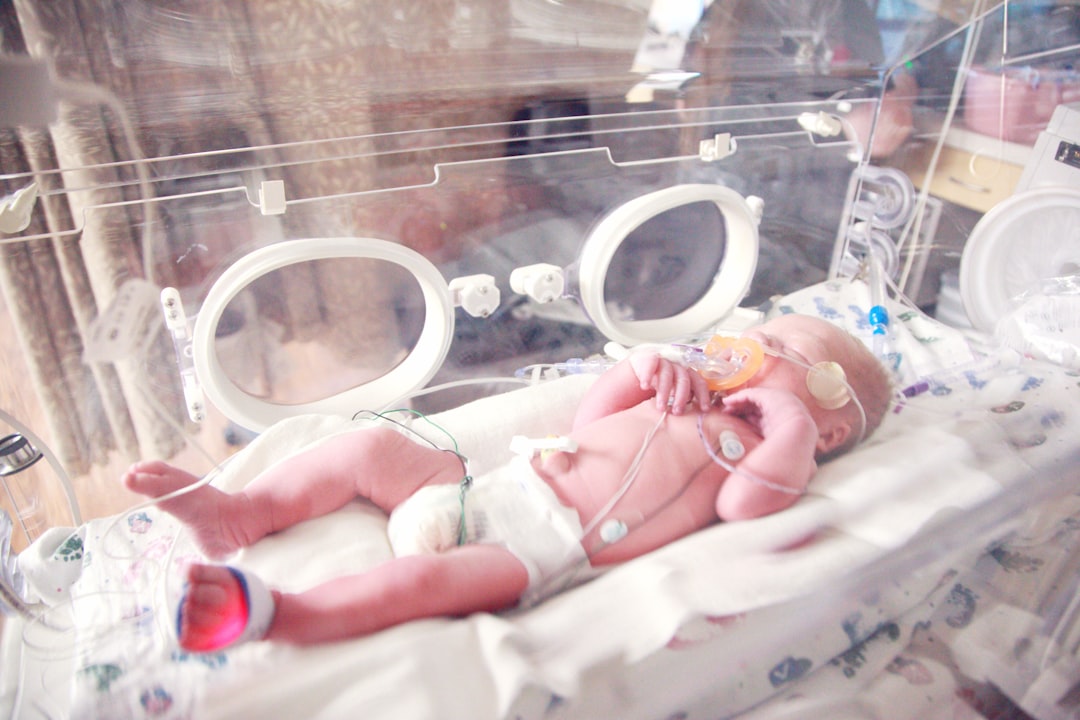What is it about?
The glycolytic enzyme enolase of Staphylococcus aureus is a highly conserved enzyme which binds to human plasminogen thereby aiding the infection process. The cloning, over expression and purification of S. aureus enolase as well as the effect of various metals upon the catalytic activity and structural stability of the enzyme have been reported. The recombinant enzyme (rSaeno) has been purified to homogeneity in abundant amounts (60 mg/L of culture) and the kinetic parameters (Km = 0.23 ± 0.013 × 10−3 M; Vmax = 90.98 ± 0.00052 U/mg) and the optimum pH were calculated. This communication further reports that increasing concentrations of Na+ ions inhibit the enzyme while increasing concentrations of K+ ions were stimulatory. In case of divalent cations, it was found that Mg2+ stimulates the activity of rSaeno while the rest of the divalent cations (Zn2+, Mn2+, Fe2+, Cu2+, Ni2+ and Ca2+) lead to a dose-dependent loss in the activity with a total loss of activity in the presence of Hg2+ and Cr2+. The circular dichroism data indicate that other than Hg2+, Ni2+ and to a certain extent Cu2+, none of the other ions destabilized rSaeno. The inhibitory roles of fluorides, as well as neurotoxic compounds upon the catalytic activity of rSaeno, have also been studied. Conformational changes in rSaeno (induced by ions) were studied using partial trypsin digestion.
Featured Image
Read the Original
This page is a summary of: Effect of ions and inhibitors on the catalytic activity and structural stability of S. aureus enolase, Journal of Biosciences, August 2019, Springer Science + Business Media,
DOI: 10.1007/s12038-019-9912-4.
You can read the full text:
Contributors
The following have contributed to this page










